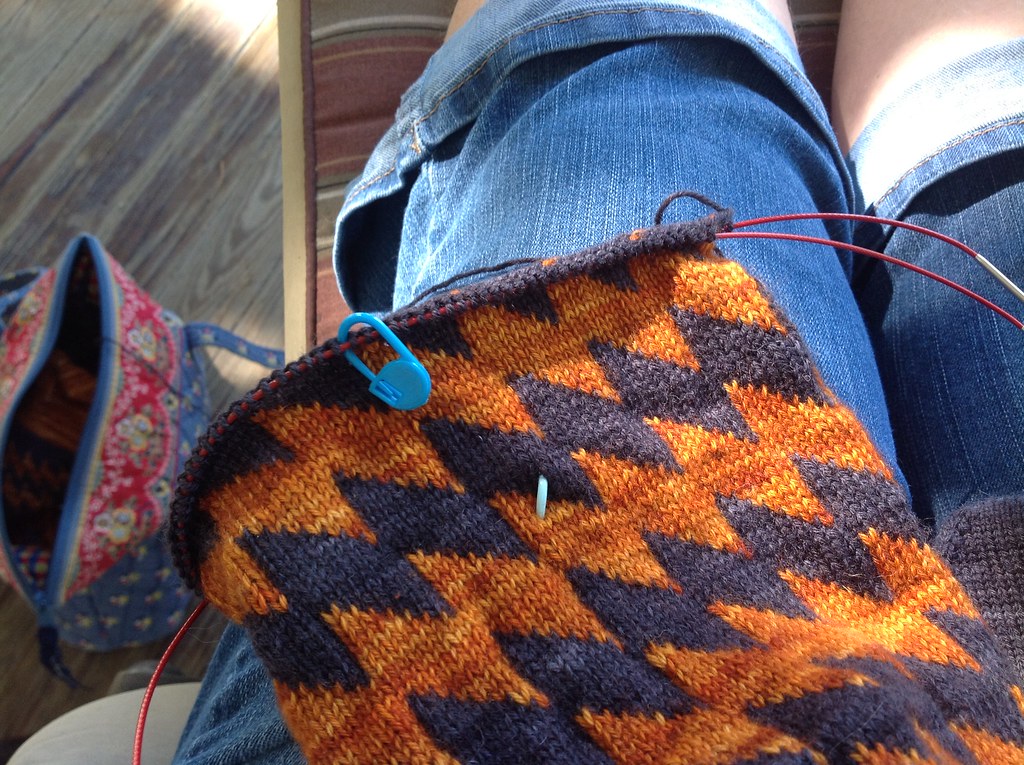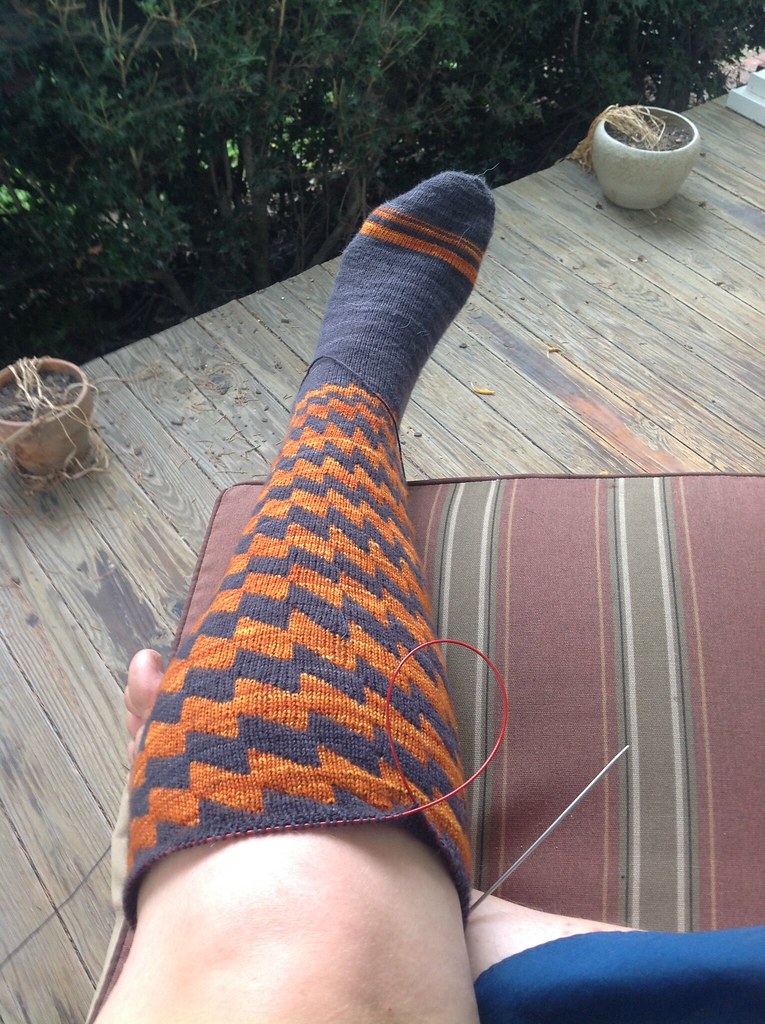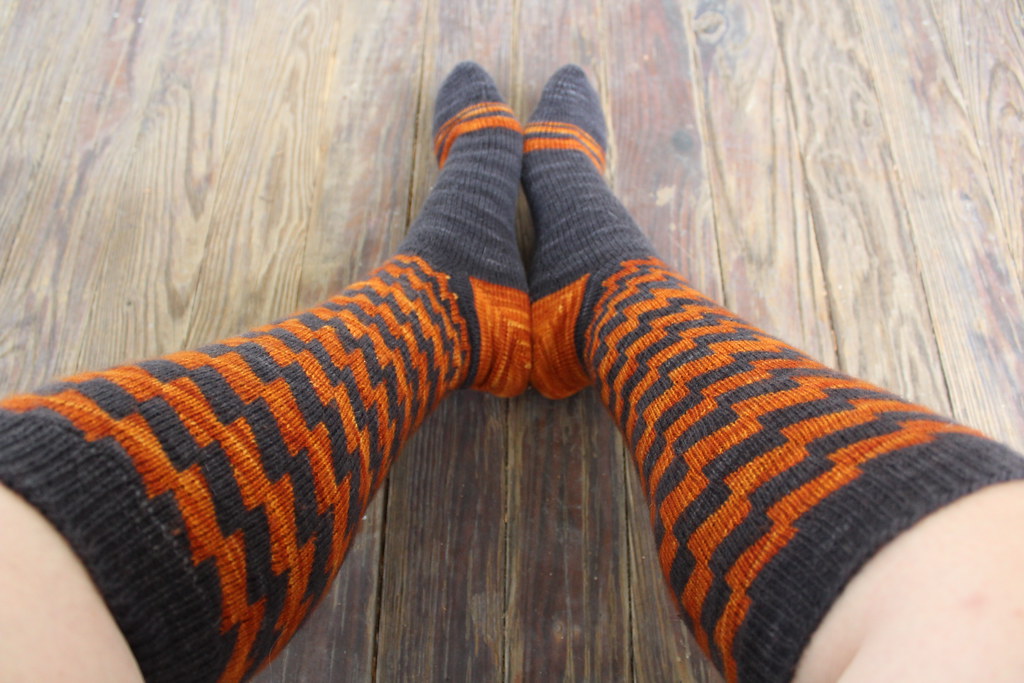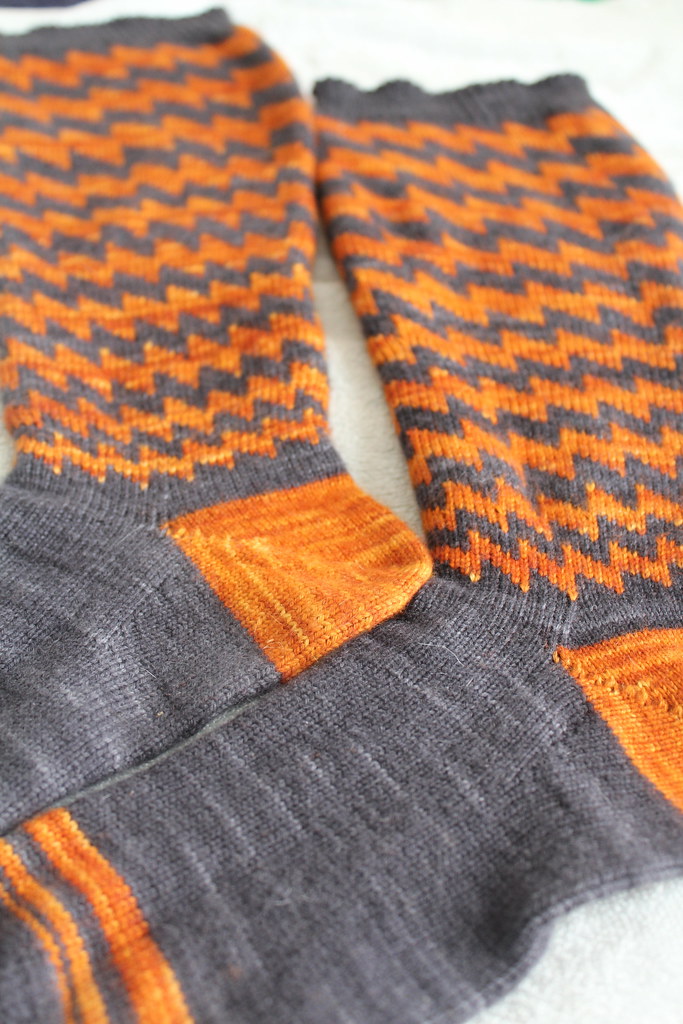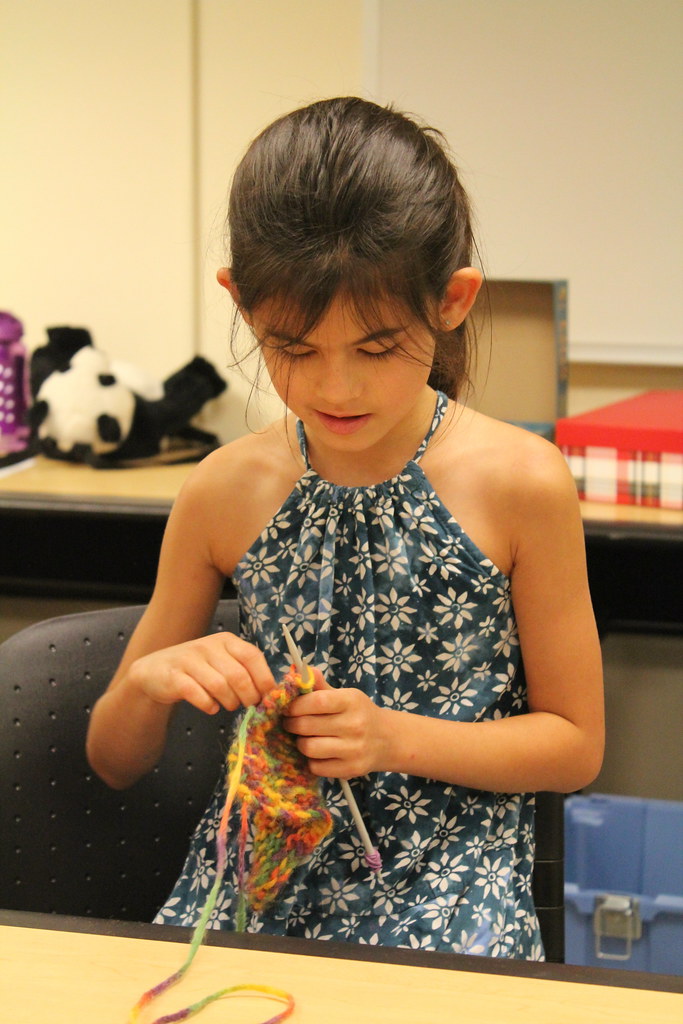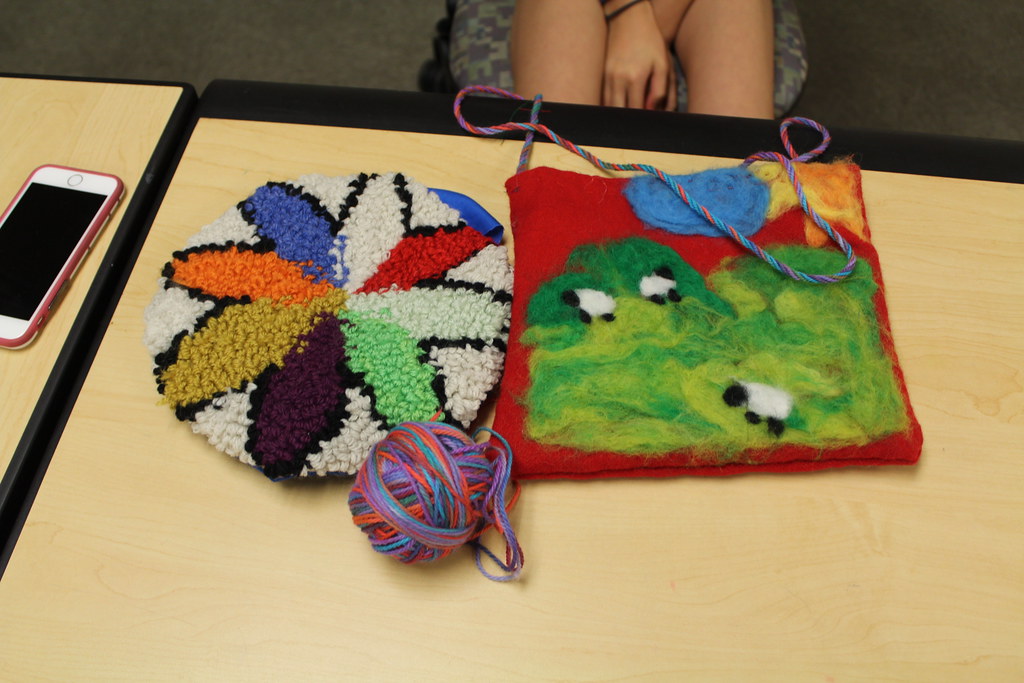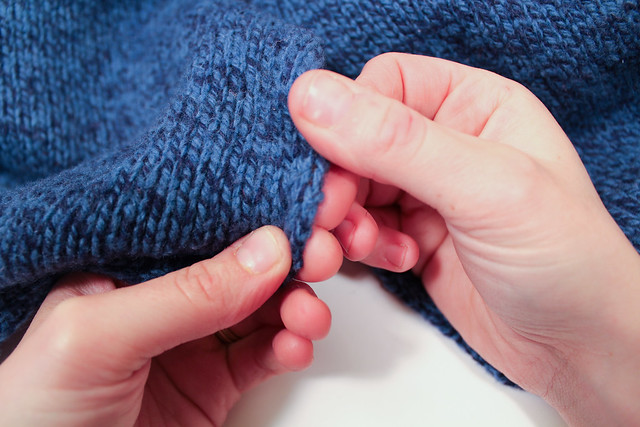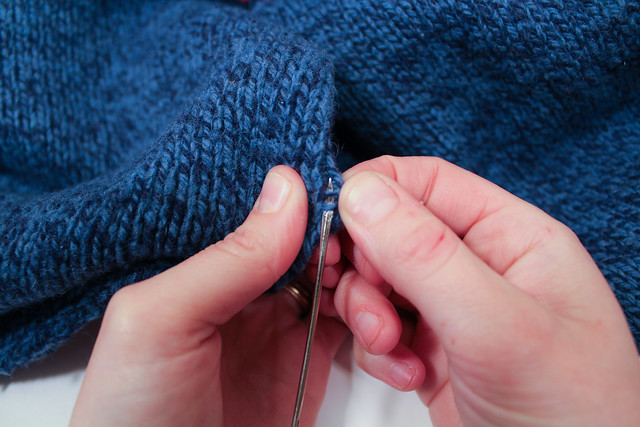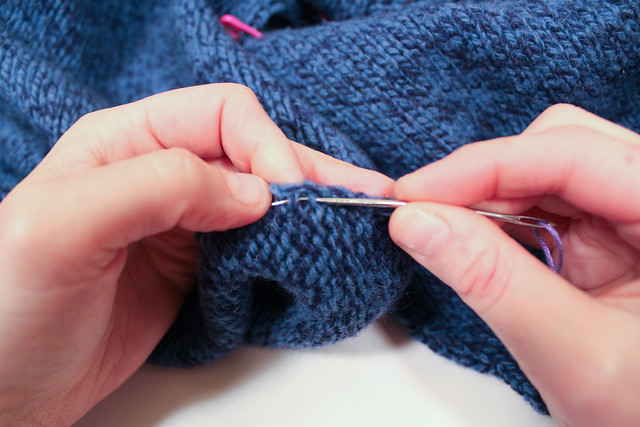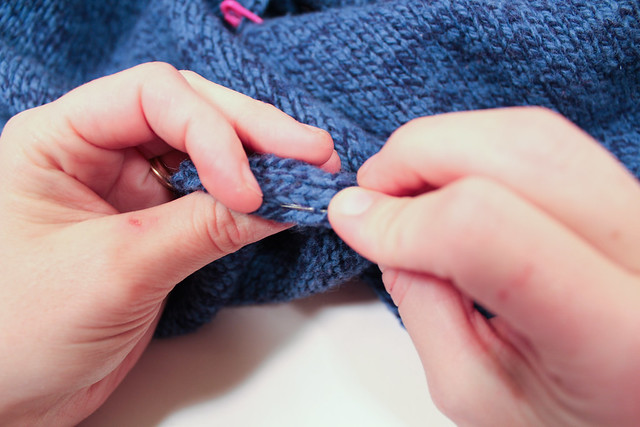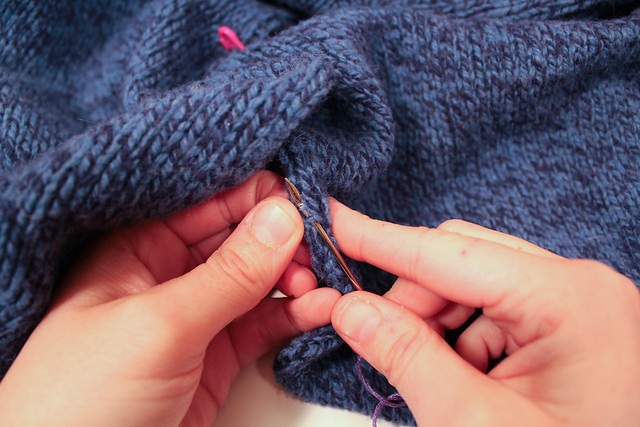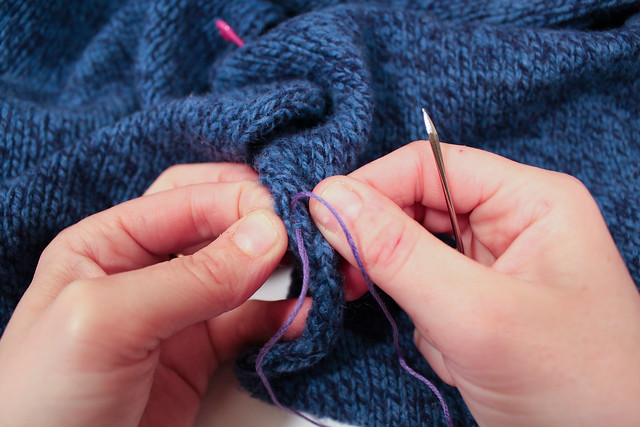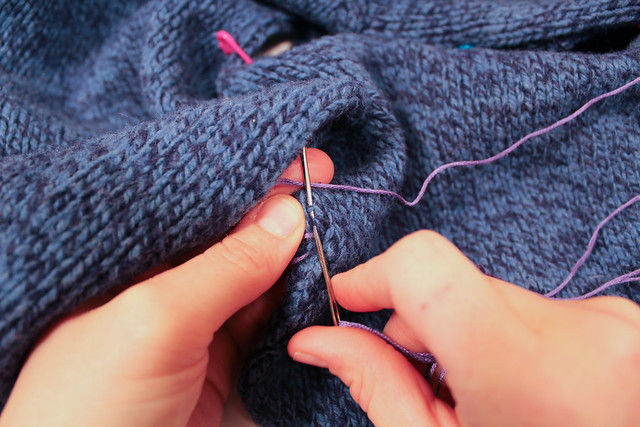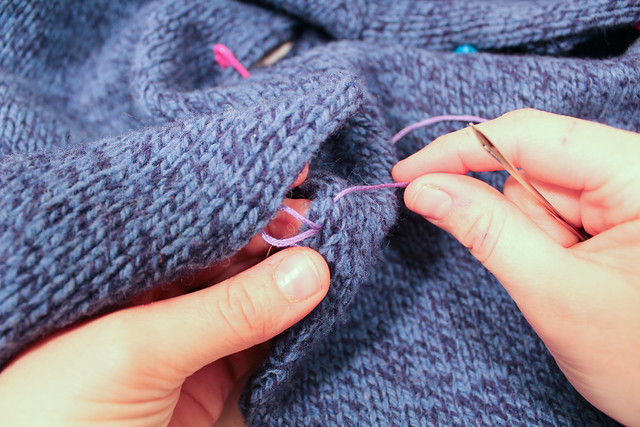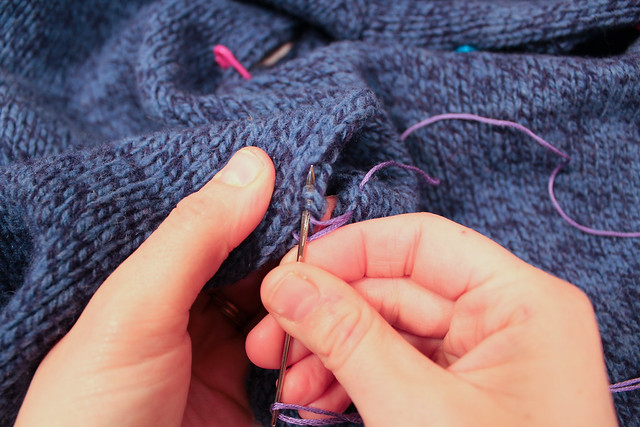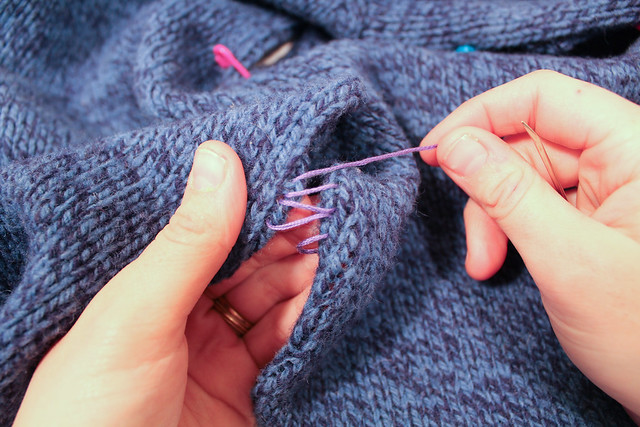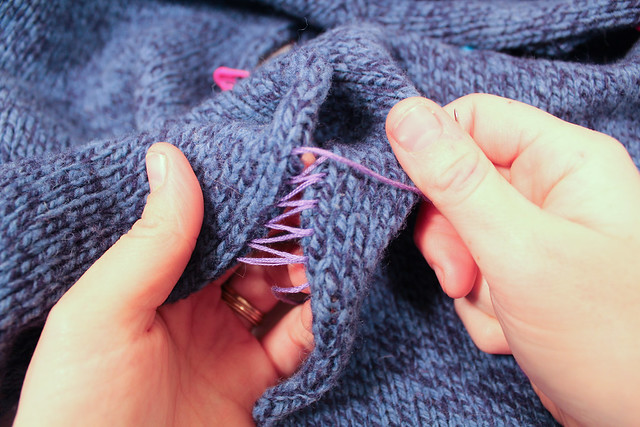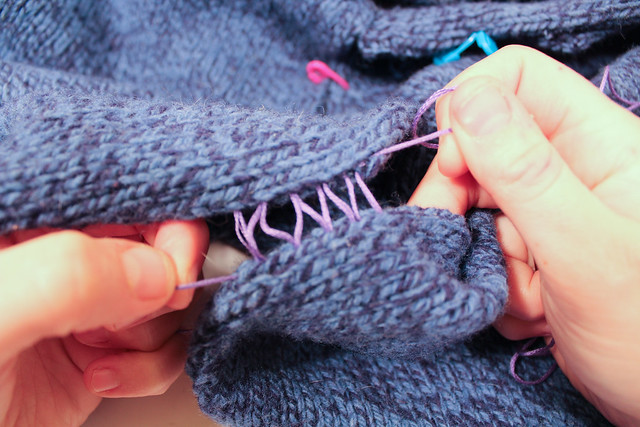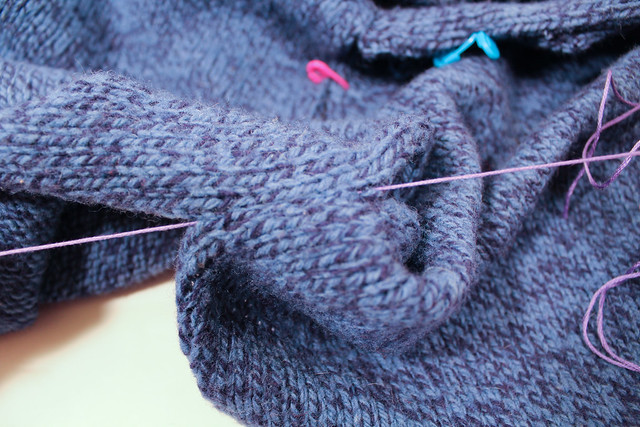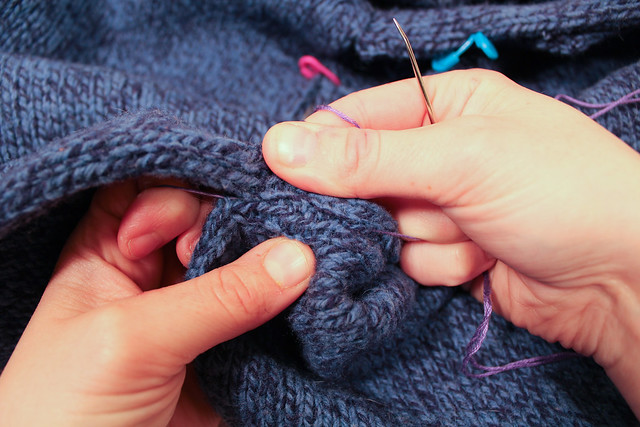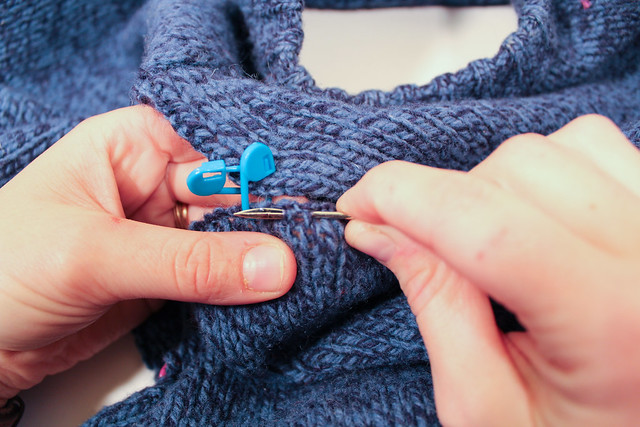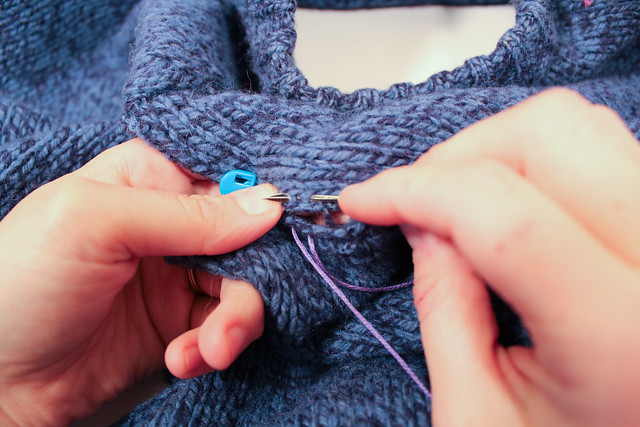Starting next week I’ve got a great lineup of Fall classes at Untangled Purls, in Fredericksburg, VA. I’m looking forward to the opportunity to teach at Untangled Purls: Most of my classes for the last year (with the exception of my camps) have been workshop based – that is, one and done.
I’ve missed the camaraderie and relationship that builds with a class when you teach week after week: you get to know your students better, and you get to watch students progress in a way that is different than workshops. I wanted to highlight two of the classes I’ll be teaching at Untangled Purls.
Beginning Stranded Knitting is based of of a wonderful pattern called Maroo Mitts by Ambah. This is a great introductory project to stranded knitting, and I hope you might be able to join me! Learn more about the class here.
Crochet Softies is based around four of Stacey Trock’s FreshStitches patterns: Kepler the Lion, Nelson the Owl, Flavia the Unicorn and Cliff the Brontosaurus. I love these patterns because they’re a great next step for students who have learned how to crochet, but haven’t quite mastered reading a pattern or working in the round. I have so much fun helping students create these fun stuffed animals: and they make perfect gifts! You can find out more about the class here!





